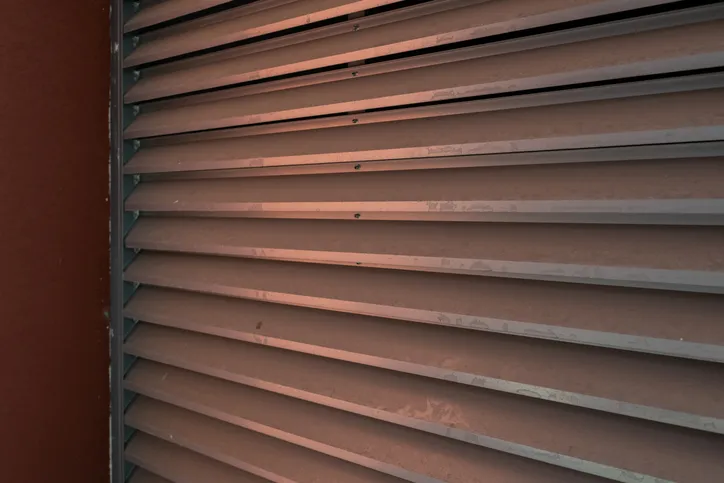When it comes to enhancing the energy efficiency and comfort of your home, choosing the right window coverings is of paramount importance. Not only do window coverings add aesthetic appeal to your living spaces, but they also play a vital role in regulating indoor temperature and reducing energy consumption. In this article, we will delve into the debate of wood versus composite shutters as window coverings, focusing on their insulation capabilities and how they contribute to a cozier living environment.
Table of Contents
Understanding the Insulation Factor
Before we delve into the comparison, let’s clarify what insulation means in the context of window coverings. Insulation refers to the material’s ability to resist the flow of heat between two different temperature zones. In the case of window coverings, effective insulation helps in maintaining a comfortable indoor temperature by preventing heat from escaping during cold weather and minimizing heat gain during warm weather.
Wooden Window Coverings: The Classic Choice
Wooden shutters have long been cherished for their timeless appeal and versatility. Beyond their aesthetic value, wood is a natural insulator that can provide considerable benefits when used as window coverings. Wood has inherently low thermal conductivity, meaning it doesn’t readily transfer heat. This property makes wooden shutters effective at creating a barrier that helps maintain indoor temperatures.
In Canadian climates where winters can be particularly harsh, the insulating qualities of wood can make a significant difference. Wooden window coverings trap a layer of air between the shutter and the window, creating an additional buffer against the outdoor temperature. This trapped air acts as an insulating layer, reducing heat loss and keeping your interiors warmer.
Composite Window Coverings: The Modern Contender
Composite window coverings, often crafted from a blend of wood particles and synthetic materials, have gained popularity in recent years. These coverings aim to combine the durability of synthetic materials with the aesthetic appeal of wood. But how do they fare in terms of insulation?
Composite shutters can offer commendable insulation properties, although they may not match the natural insulating capacity of wood. The synthetic components in composites can hinder their ability to retain heat as effectively as wood. However, advancements in composite technology have led to the development of more energy-efficient options. Some high-quality composite shutters are designed with internal structures that enhance their insulating capabilities, making them a viable option for homeowners seeking both style and energy efficiency.
Comparing the Two:
When comparing wood and composite shutters in terms of insulation, it’s important to consider various factors:
- Material Density: Wood is inherently denser than most composite materials, which contributes to its excellent insulation properties. However, some composite shutters with increased density can offer improved insulation as well.
- Climate Considerations: In regions with extremely cold climates, such as parts of Canada, wood’s superior insulation might be more beneficial. In milder climates, where temperature fluctuations are less extreme, composite shutters could provide sufficient insulation.
- Energy Efficiency: Both wood and composite shutters contribute to energy efficiency by reducing the need for excessive heating or cooling. This results in reduced energy consumption and lower utility bills over time.
- Maintenance and Durability: Composite shutters often require less maintenance than wood and are less susceptible to moisture-related issues such as warping and rotting. This durability can indirectly impact insulation effectiveness by preventing material degradation.
The Verdict
While both wood and composite shutters have their merits, the insulation performance between the two does exhibit differences. Wood shutters have a natural advantage due to their lower thermal conductivity and ability to trap insulating air layers effectively. In colder Canadian climates, where maintaining warmth indoors is a priority, wood shutters might provide better insulation.
However, it’s important to note that advancements in composite technology have narrowed the gap. High-quality composite shutters, with improved density and internal structures, can offer substantial insulation benefits, especially in regions with milder climates. Additionally, composite shutters’ durability and lower maintenance requirements could indirectly contribute to longer-lasting insulation performance.
Making the Right Choice for You
In the debate over wood versus composite window coverings for insulation, both materials have their own strengths. Wood shutters excel in their natural insulating properties and ability to create effective barriers against temperature fluctuations. On the other hand, composite shutters, with technological advancements, have become strong contenders in the insulation game, especially in regions with more temperate climates.
Ultimately, the decision between wood and composite window coverings should be based on a combination of factors, including your regional climate, aesthetic preferences, maintenance considerations, and insulation needs. Regardless of your choice, investing in high-quality window coverings will undoubtedly contribute to a cozier, more energy-efficient living space, allowing you to enjoy enhanced comfort while reducing your environmental footprint.
















